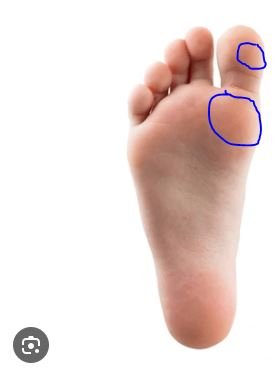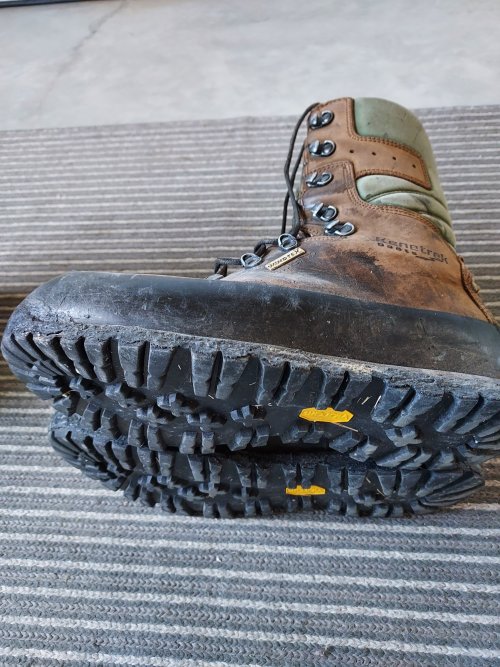KayakMacGyver
Well-known member
- Joined
- Jun 8, 2018
- Messages
- 338
I have a 4 year old pair of Schnee's Beartooth that need new tread. They have a lot of miles on them, but I know them well and that brings me peace of mind.
I can get a full rebuild through Schnee's at $180...or buy a new pair for another $120 or so. I'm also considering looking at other brands, but I'm not sure what could be better. This isn't above the cost savings right now, more about fixing some perceived deficiencies. That to say, the boots feel like an old girlfriend at this point and I'm conflicted about ditching them.
Here's my dilemma:
I've always had trouble with hot spots. My heel is the #1 offender. It seems like any boot I wear, from rubber to work boots, tear up my heel without some preventative maintenance. This includes a preventative regimen of liner sock + padded tape + Lueko tape before any outing. I've spent a ton of time trying on work boots over the years and it's a common theme for my heel to rub. Tennis shoes are never a problem for me. I may never solve this issue, but it would be nice.
I also develop hot spots on the pad of my foot when hunting the mountains. These generally develop on day 3 or so and turn into some serious blisters by day 6 or 7. See pic below for trouble spots. Side hilling gets me the worst.
I've always attribute this to my lack of foot conditioning pre-hunt as I live in Florida and no amount of training can prepare feet for the mountains when you come from flat ground. That said, I have noticed that my foot moves around inside the boot, particularly in this pivot point. I run my mountain boots a little big to prevent my toes from jamming the front of the toe box when coming downhill with heavy loads, so perhaps that is part of it? Appreciate any theories here.

Any Advice?
Suggestions, been there's, or other? Rebuild my current setup or start looking for new? I see weaknesses in my current boot and would love to knock out one or both of my current issues.
Final note that there is nowhere locally to try on mountain boots. As a result, I'm going to have to order online and would like to narrow down options to order a few to try and return what doesn't work.
I can get a full rebuild through Schnee's at $180...or buy a new pair for another $120 or so. I'm also considering looking at other brands, but I'm not sure what could be better. This isn't above the cost savings right now, more about fixing some perceived deficiencies. That to say, the boots feel like an old girlfriend at this point and I'm conflicted about ditching them.
Here's my dilemma:
I've always had trouble with hot spots. My heel is the #1 offender. It seems like any boot I wear, from rubber to work boots, tear up my heel without some preventative maintenance. This includes a preventative regimen of liner sock + padded tape + Lueko tape before any outing. I've spent a ton of time trying on work boots over the years and it's a common theme for my heel to rub. Tennis shoes are never a problem for me. I may never solve this issue, but it would be nice.
I also develop hot spots on the pad of my foot when hunting the mountains. These generally develop on day 3 or so and turn into some serious blisters by day 6 or 7. See pic below for trouble spots. Side hilling gets me the worst.
I've always attribute this to my lack of foot conditioning pre-hunt as I live in Florida and no amount of training can prepare feet for the mountains when you come from flat ground. That said, I have noticed that my foot moves around inside the boot, particularly in this pivot point. I run my mountain boots a little big to prevent my toes from jamming the front of the toe box when coming downhill with heavy loads, so perhaps that is part of it? Appreciate any theories here.

Any Advice?
Suggestions, been there's, or other? Rebuild my current setup or start looking for new? I see weaknesses in my current boot and would love to knock out one or both of my current issues.
Final note that there is nowhere locally to try on mountain boots. As a result, I'm going to have to order online and would like to narrow down options to order a few to try and return what doesn't work.





